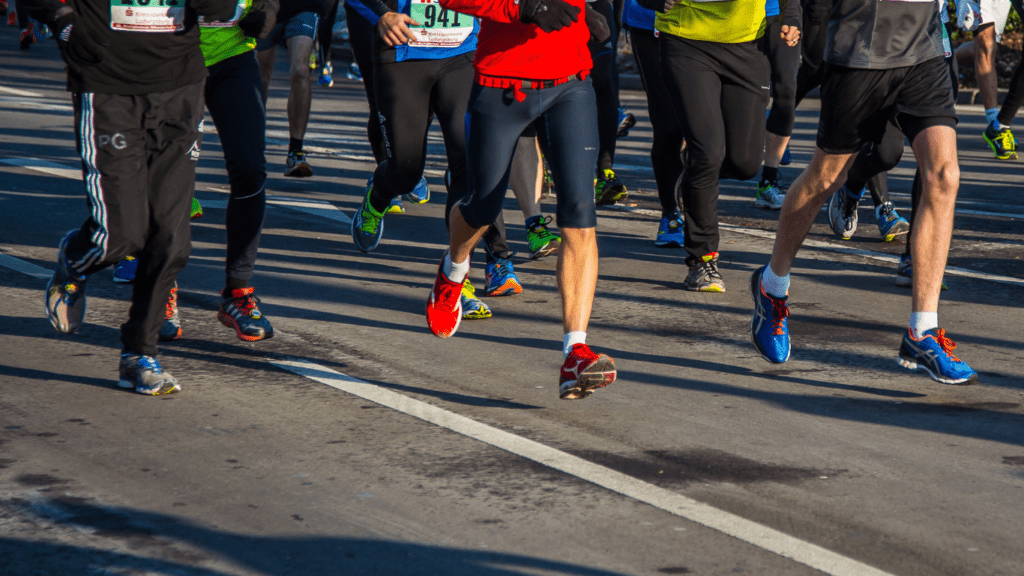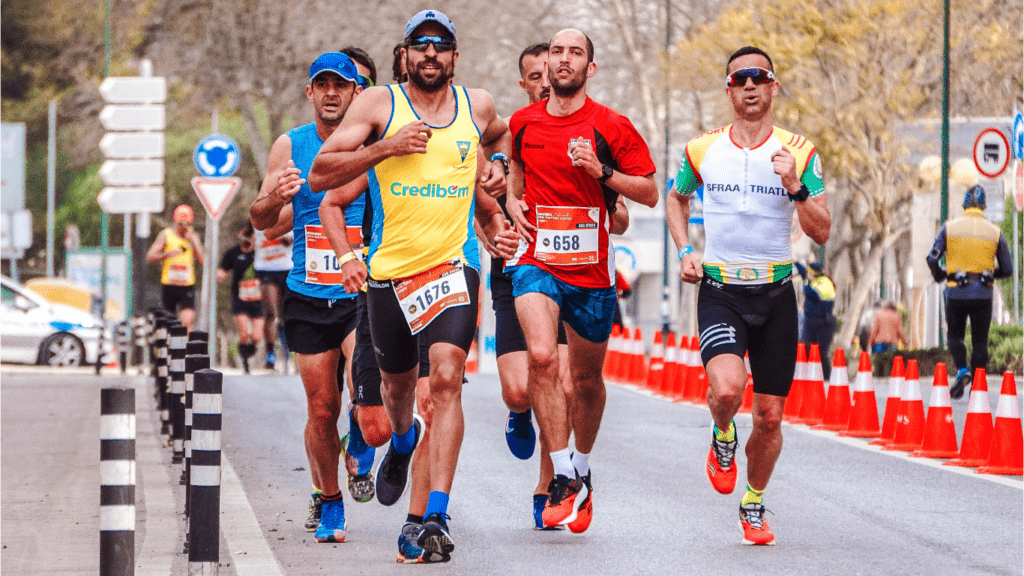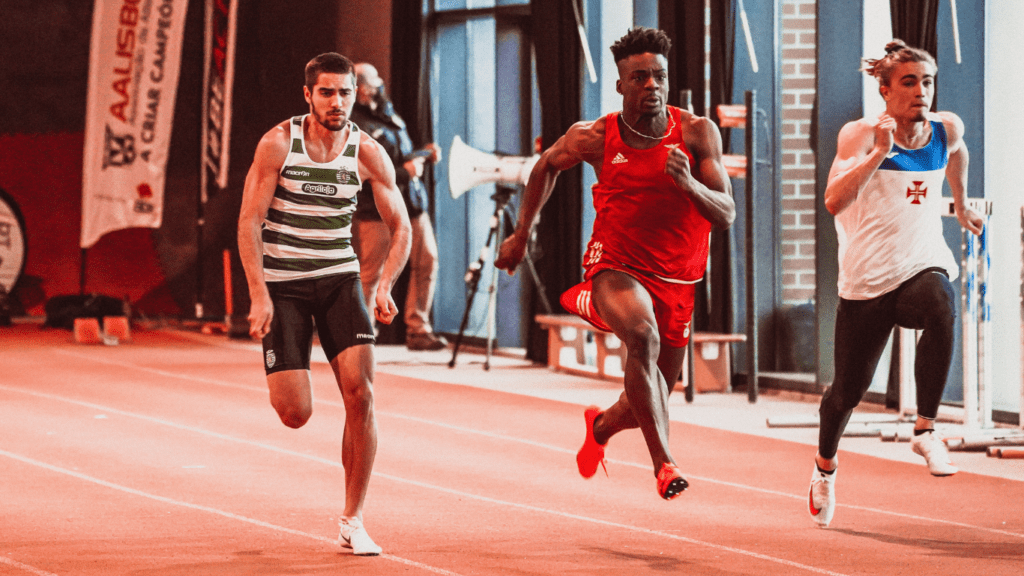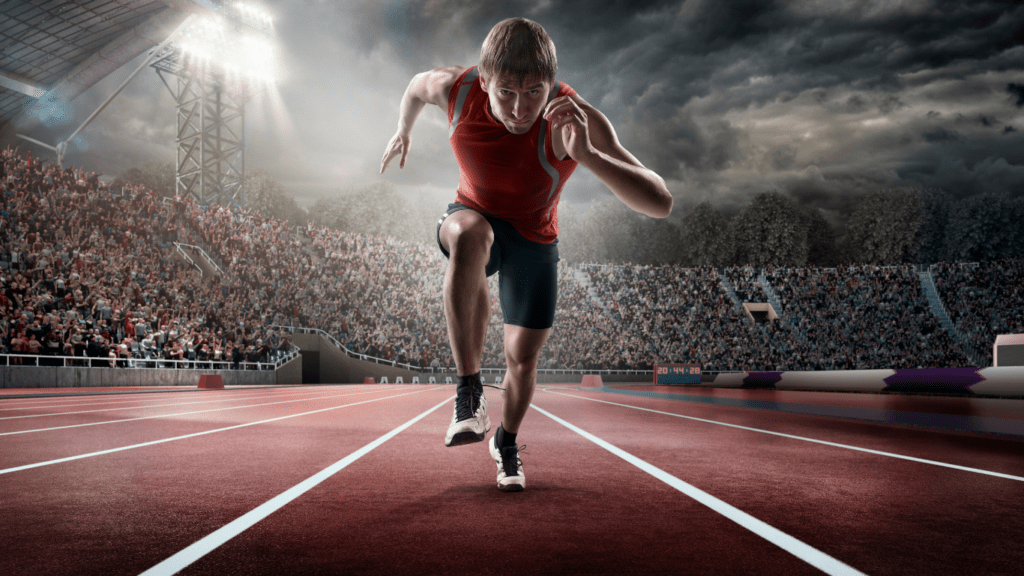Long-distance running isn’t just about endurance; it’s about efficiency. I’ve learned that the way your feet connect with the ground and the rhythm of your steps can make or break your performance. Small adjustments in footwork can transform how far and fast you go without draining your energy.
Improving ground contact and cadence isn’t just for elite runners—it’s for anyone looking to run smarter, not harder. By focusing on these fundamentals, you can reduce fatigue, prevent injuries, and unlock a smoother stride. It’s all about working with your body, not against it.
Understanding Footwork Fundamentals
- Footwork plays a central role in determining running efficiency. Each step impacts how energy is transferred and how much strain is placed on muscles and joints. Efficient footwork minimizes wasteful movements, ensuring every stride contributes to forward momentum.
- Ground contact is the duration your foot remains in contact with the ground. Shorter contact times, achieved by staying light on your feet, enhance rhythm and reduce energy loss. Landing midfoot instead of heel-first distributes impact evenly, lowering the risk of injuries like shin splints or joint damage.
- Cadence represents the number of steps taken per minute. Higher cadences, generally around 170–180 steps per minute for long-distance runners, decrease overstriding and improve stability. I focus on maintaining a quick, consistent cadence to optimize my performance during longer runs.
- Proper alignment between foot strike and body mechanics is critical. An aligned landing, directly under the body, promotes balance and reduces muscular strain. I ensure each foot strike is purposeful, avoiding excessive vertical oscillation or lateral shifting, which wastes energy.
- By refining contact points, stride frequency, and step mechanics, runners build a foundation for efficient, injury-resistant performance over extended distances.
Importance Of Ground Contact And Cadence

Ground contact and cadence are critical for maximizing efficiency in long-distance running. Both factors directly influence energy expenditure, stride mechanics, and overall endurance.
Role In Long-Distance Efficiency
Efficient ground contact optimizes force transfer and minimizes energy loss. Landing with the midfoot, rather than the heel or toes, improves stability and reduces strain on joints. Short ground contact times allow for quicker transitions, conserving energy over long distances. A cadence of 170–180 steps per minute promotes a smoother stride, reducing the likelihood of overstriding and its associated energy costs.
Maintaining an optimal cadence also reduces impact forces, which can lower the risk of injuries. By aligning foot strikes with the body’s natural mechanics, runners sustain balance and forward momentum. This approach improves performance and ensures runners expend less energy on each stride.
Common Mistakes And How To Avoid Them
Overstriding leads to inefficient ground contact. This occurs when the foot lands too far ahead of the body, causing a braking effect. Small, controlled steps within the body’s alignment prevent this and sustain cadence. Likewise, landing on the heels or toes puts extra stress on different areas of the feet and legs. A midfoot landing balances weight distribution and minimizes injuries.
Ignoring cadence or running with a low step rate forces larger, inefficient strides. Using a metronome or tempo-specific playlist trains a consistent cadence. Excessively long ground contact times can lead to energy loss. Engaging in plyometric exercises, such as hopping or bounding drills, improves ground reaction speed and builds elasticity for quicker recovery in each step.
Techniques To Improve Ground Contact
Efficient ground contact is essential for maximizing energy transfer and minimizing fatigue during long-distance running. Implementing the right techniques ensures smoother strides and reduces injury risk.
Developing Proper Foot Strike
Adopting a midfoot strike optimizes ground contact for efficiency and stability. Landing with the midfoot, rather than the heel or toes, aligns impact forces with the body’s natural mechanics. This reduces strain on joints and muscles, promoting a smoother transition into the next stride.
Improving foot strike involves consistent practice and body awareness. Running drills like high knees and butt kicks train the body to land correctly. Monitoring stride with slow-motion video analysis helps identify improper patterns, which can then be corrected over time.
Strengthening Key Muscles
Stronger muscles supporting the feet and lower legs enhance ground contact quality. Targeting the calves, ankles, and arches improves foot stability and push-off power. Exercises like:
- calf raises
- toe-tapping
- resistance-band training
focus on these crucial areas. Core strength plays a vital role in maintaining proper posture during impact. Planks and rotational exercises improve overall body control, reducing unnecessary ground contact time. Strengthening the hips and glutes with deep squats and bridges adds further support, enabling smoother and more efficient strides.



 Lead Training Analyst
Lead Training Analyst
